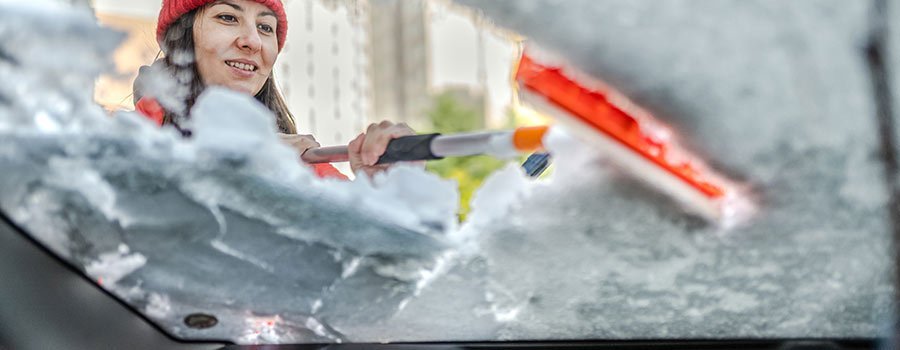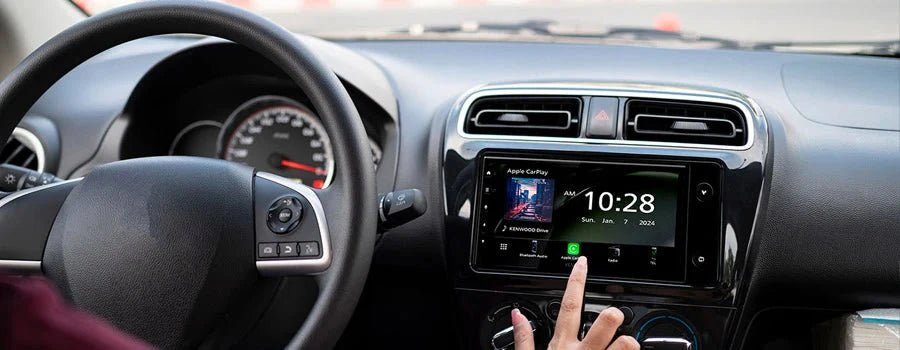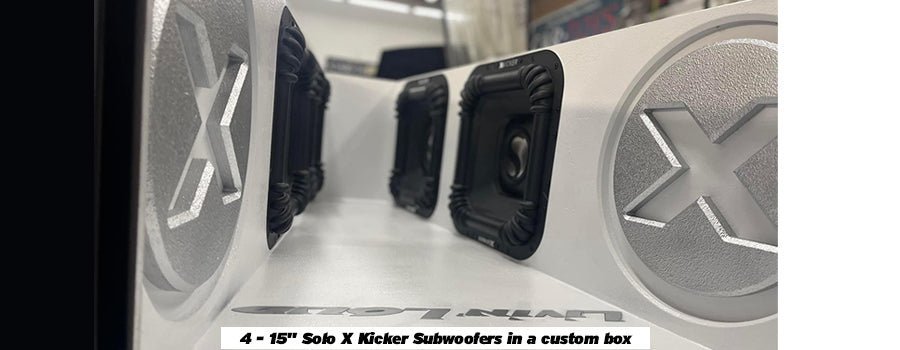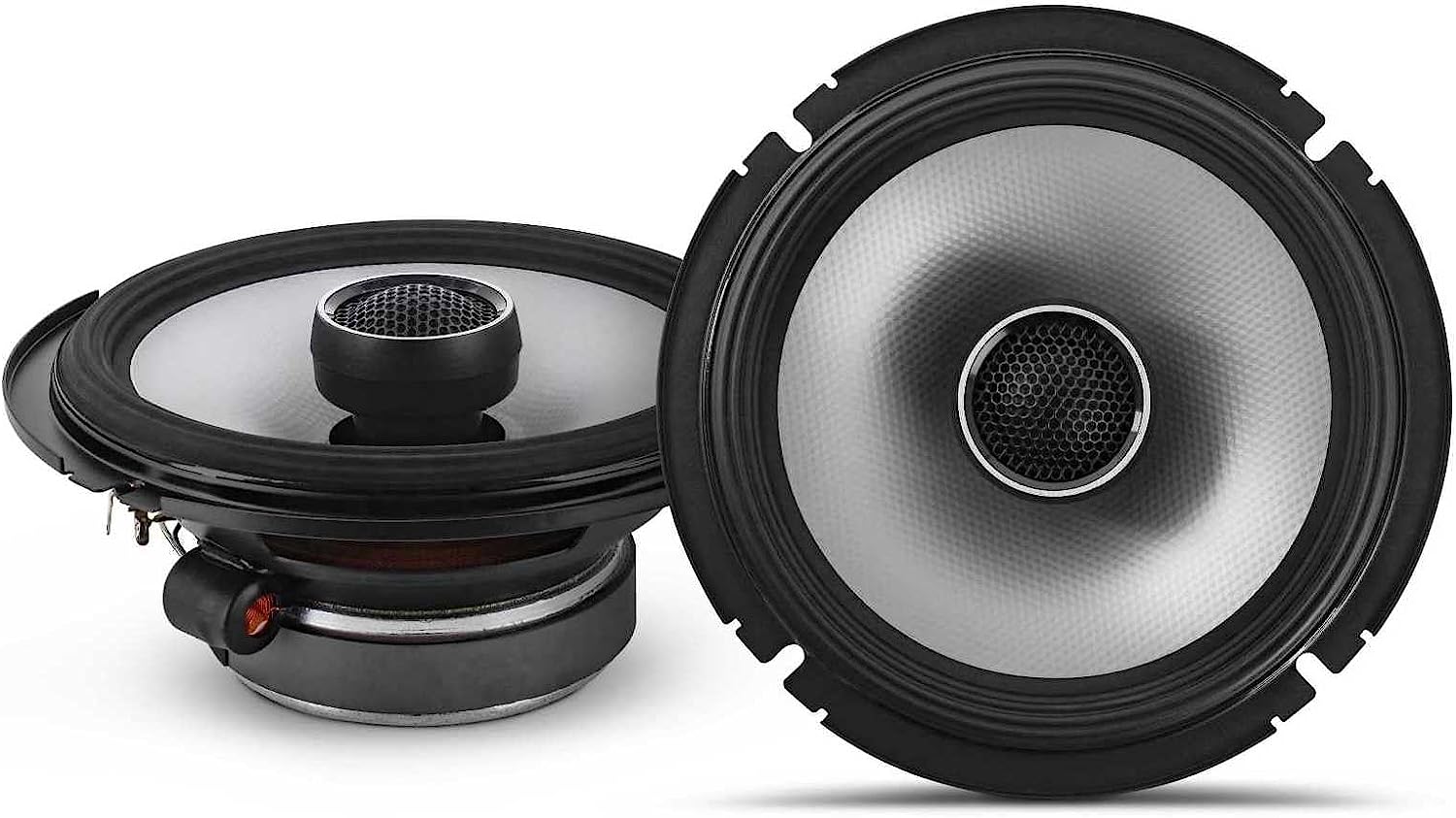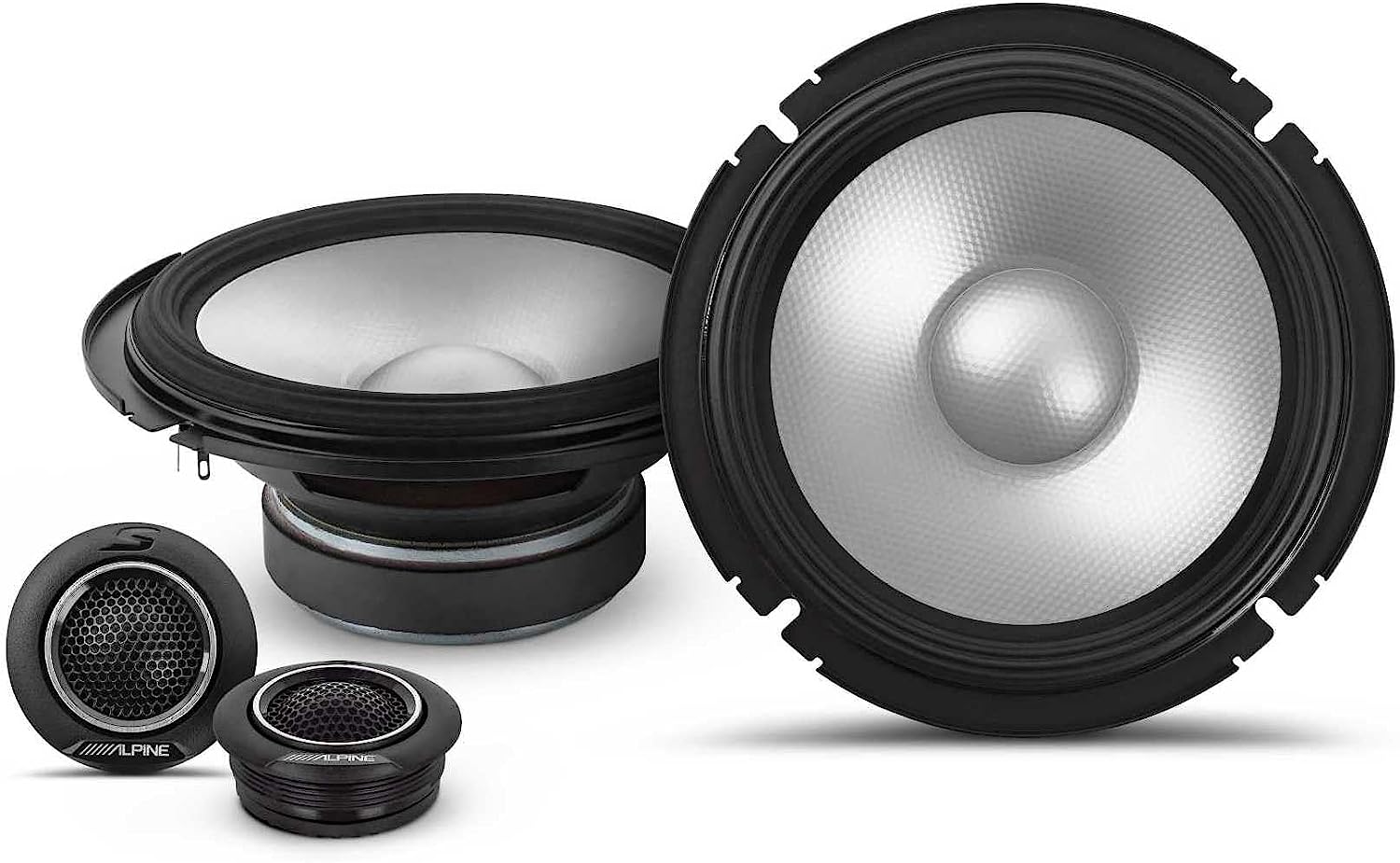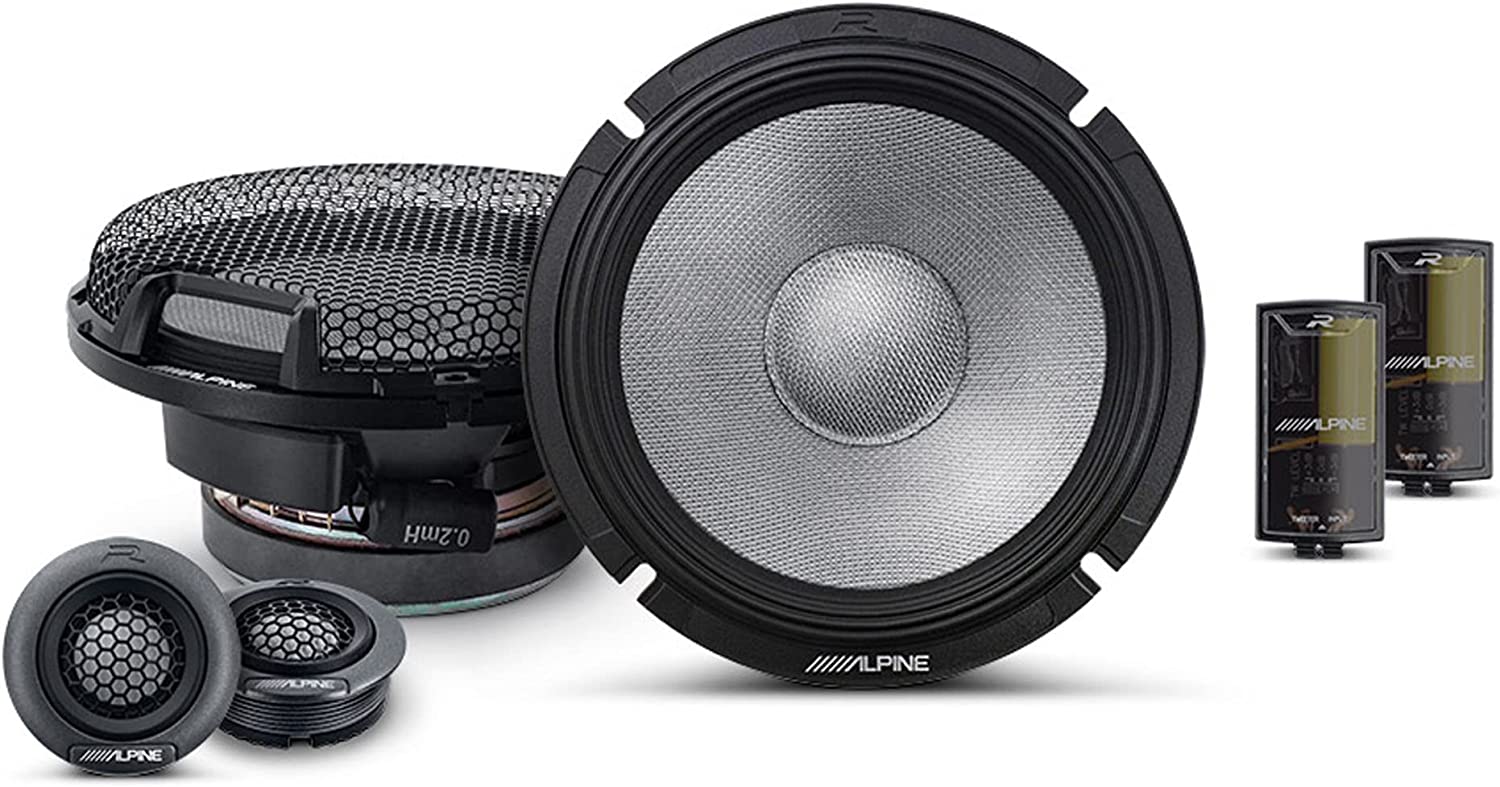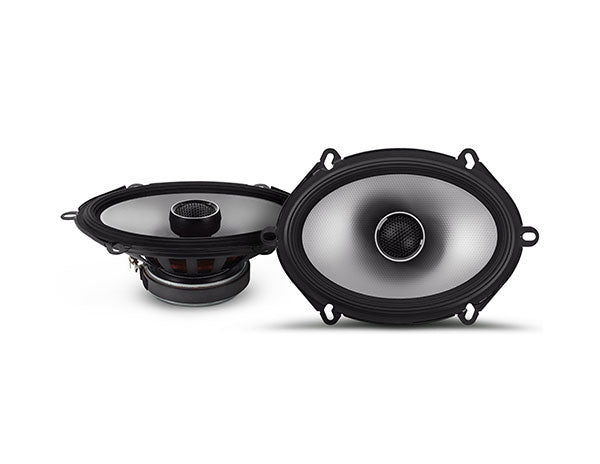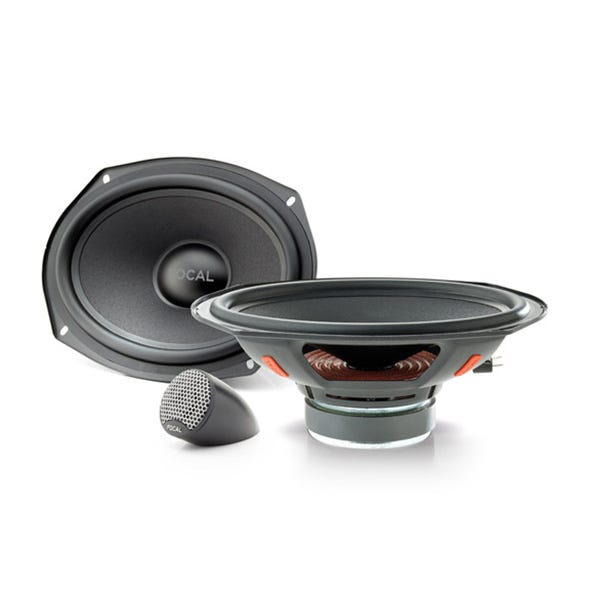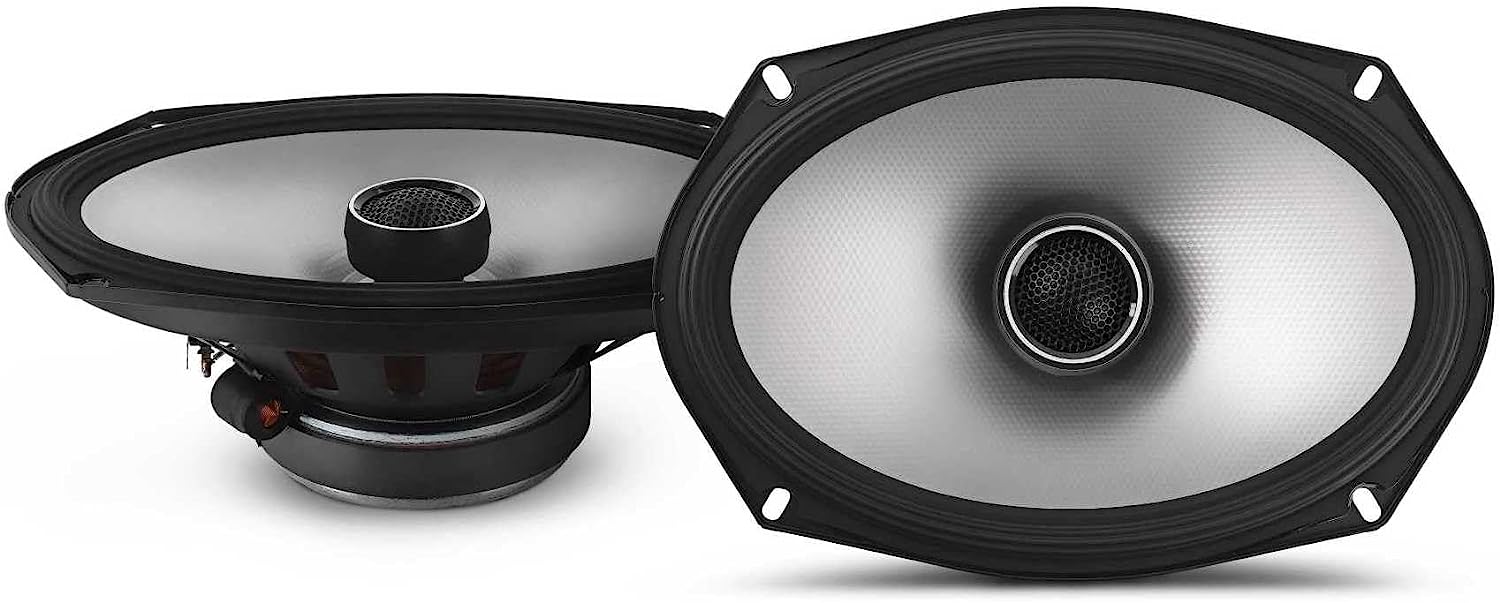Bass Party Packs:
This is an all in one package that includes a subwoofer, enclosure, and an amplifier. A very simple way to add more low-end bass to your system. A wide variety of packages are available to fit your needs.
It is possible for you to enjoy great sound from your typical 4 speaker system (Front Left, Front Right, Rear Left and Rear Right). To achieve amazing sound quality, the best option is to assign different jobs for different speakers. So basically, it goes like this: Hey Subwoofers? I’m going to need you be responsible for the frequencies between 20 Hz through 100Hz. Full Range? You handle the frequencies from 100 Hz to 5000 Hz and Tweeters, you just worry about all the frequencies above 2000 Hz. Now these numbers I just listed are just there to illustrate a point. It is likely that these would be different in your vehicle depending on the model of your car and the make and model of your speakers, whether you have an amp, how much power your amp produces...it can go on and on. With this setup, you are not relying on one speaker to produce all the sound. When you have three types of speakers working together, none of the components will be doing all the work like they would on a typical 4 full-range speaker system. Not only will the audio sound better, you will have the ability to control each speaker group, ie. its volume and frequency response, and since none of the components are being overworked the lifespan of the speakers is increased.
The bottom line is, what sounds good to you? It’s your vehicle, you choose what you listen to, if it sounds good to you and you are happy with it, then perfect. If there are things about it that you would like to change, maybe you would like s lower end, or some additional punch to the mid range, or may the high end is sounding a little flat, then you may want to consider replacing your current speakers with some aftermarket units to add new life to your vehicle's sound system. We have been in business for over 31 years and have 100s of years of combined experience. Our product experts and professional installers know how to give you the sound that you crave.
